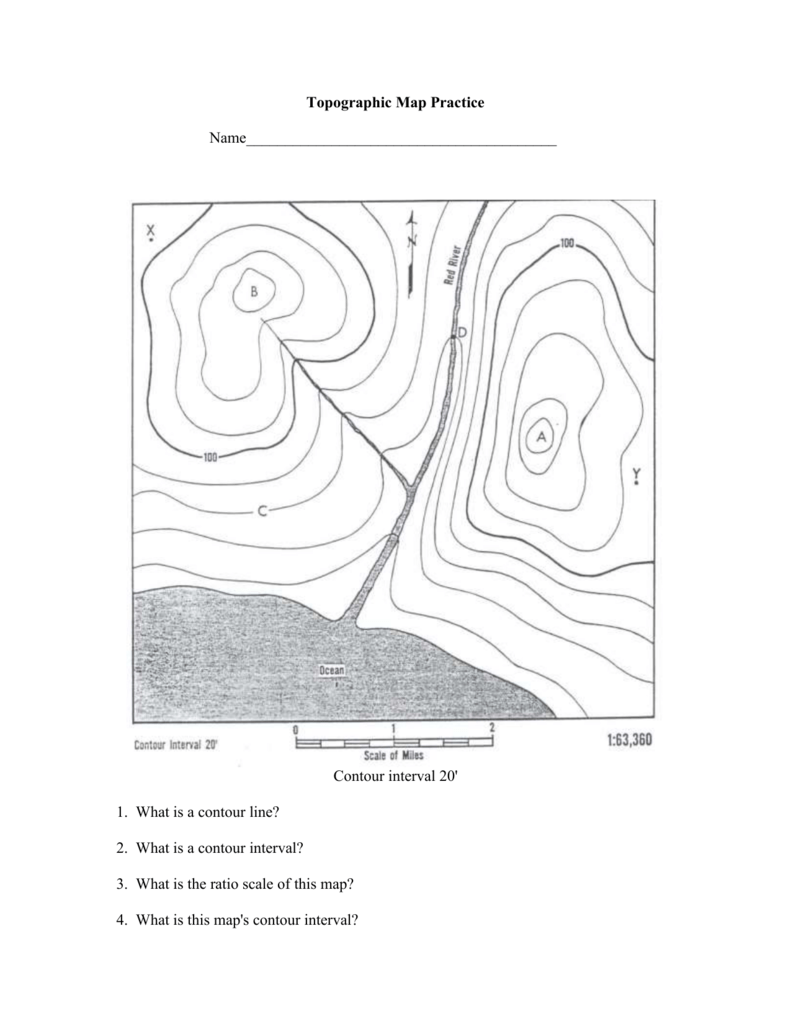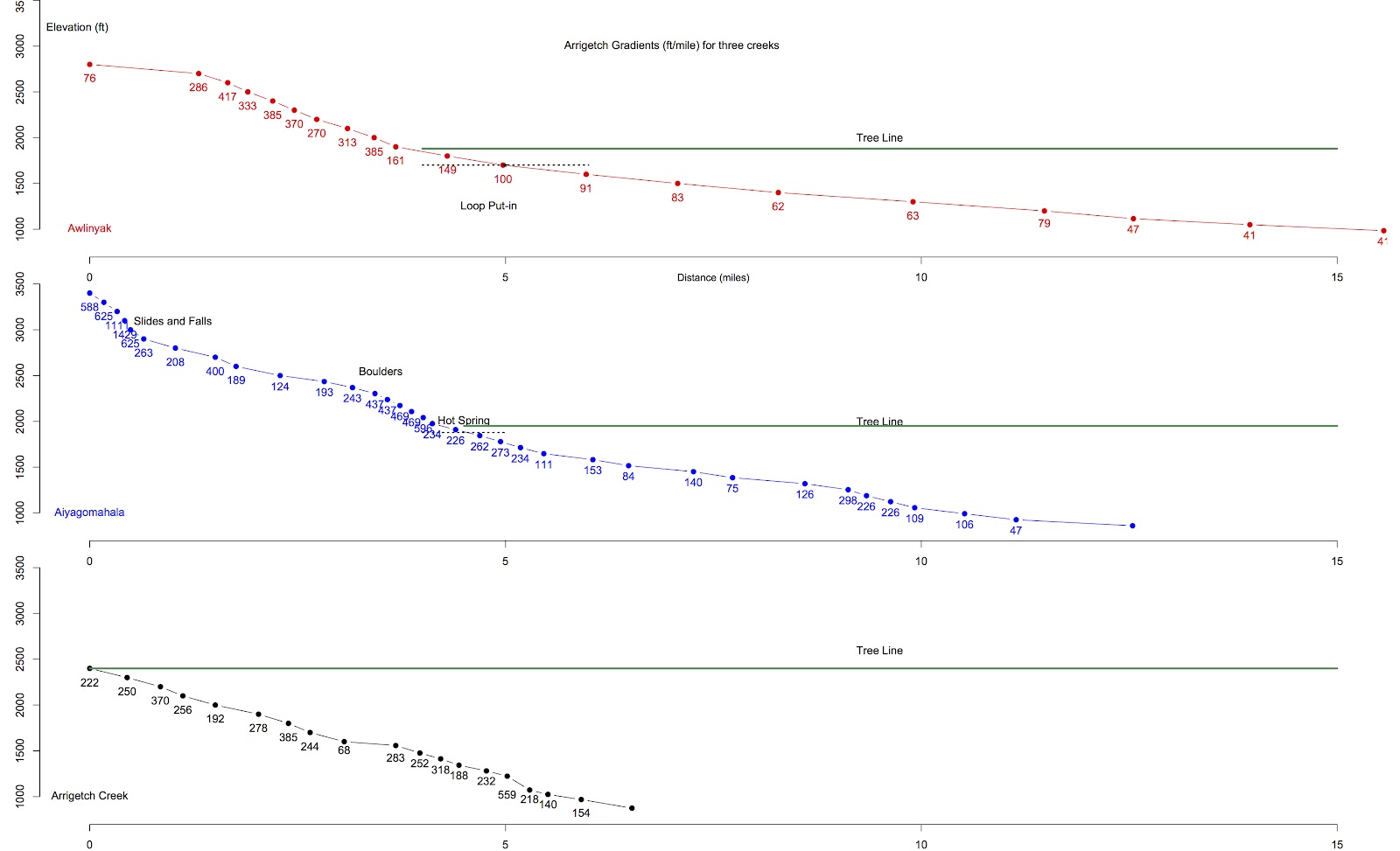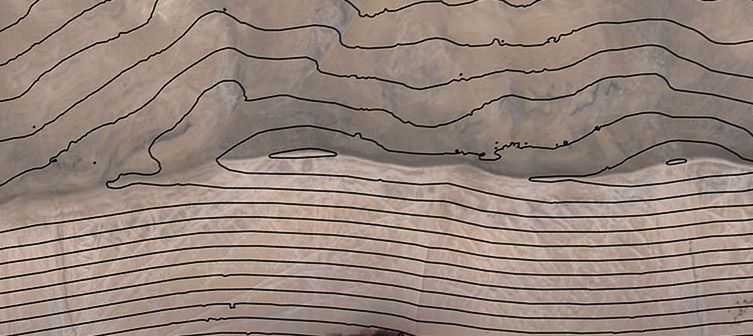
On multi-colored maps, contour lines are generally represented in brown. Just like isobars in the atmosphere depict lines of equal atmospheric pressure, contour lines drawn on the map represent equal points of height above sea level. The major features on the map legend are show and labeled below.Ĭontour lines are a method of depicting the 3-dimensional character of the terrain on a 2-dimensional map. In addition, a USGS map includes latitude and longitude as well as the names of the adjacent maps (depicted on the top, bottom, left side, right side and the four corners of the map). The figures below display a standard USGS map legend. The map legend contains a number of important details.

The background of this web page is an example of a topographical (topo) map as described above. The table below shows the corresponding area of coverage for each scale and the linear distance that each scale represents in inches and centimeters. Most USGS topographic maps have scale bars in the map margin that represents distances on the map in miles, feet, and kilometers. Below is a listing of the scales at which some of the more popular USGS maps are compiled.Ī convenient way of representing map distance is by the use of a graphic scale bar. If, for instance, 1 inch on the map represents 1 mile (which converts to 63,360 inches) on the ground, the map's scale is 1:63,360. Maps are made to scale that is, there is a direct relationship, a ratio, between a unit of measurement on the map and the actual distance that same unit of measurement represents on the ground. These features are based on aerial photographs but have not been checked on land.

Buildings may be shown on the map as black squares or outlines. Woodlands, for instance, are shown in a green tint waterways, in blue. Geological Survey (USGS) topographic maps. Natural and manmade features are represented by colored areas and by a set of standard symbols on all U.S. Contour lines that are close together represent steep slopes. The contour interval, a set difference in elevation between the brown lines, varies from map to map its value is given in the margin of each map. The heavier lines are called index contours, and they are usually marked with numbers that give the height in feet or meters. These are imaginary lines that follow the ground surface at a constant elevation they are usually printed in brown, in two thicknesses.

They show the distance between any two places, and they also show the direction from one point to another.ĭistances and directions take a bit of figuring, but the topography and features of the land are easy to determine. They define and locate natural and manmade features like woodlands, waterways, important buildings, and bridges. These maps describe the shape of the land.
TOPOGRAPHIC MAP CONTOUR INTERVAL HOW TO
Part of a 7.5-minute topographic map at 1:24,000 scaleĪ topographic map tells you where things are and how to get to them, whether you're hiking, biking, hunting, fishing, or just interested in the world around you. On one type of large-scale topographic map, called provisional, some symbols and lettering are hand drawn. Examples of symbols that have changed include built-up areas, roads, intermittent drainage, and some type styles. These symbols are constantly refined to better relate to the features they represent, improve the appearance or readability of the map, or to reduce production cost.Ĭonsequently, within the same series, maps may have slightly different symbols for the same feature. The map includes symbols that represent such features as streets, buildings, streams, and woods. Contours make it possible to measure the height of mountains, depths of the ocean bottom, and steepness of slopes.Ī topographic map shows more than contours. Contours are imaginary lines that join points of equal elevation on the surface of the land above or below a reference surface such as mean sea level. The distinctive characteristic of a topographic map is that the shape of the Earth's surface is shown by contour lines. When a printed map is scanned, the computer file that is created may be called a digital raster graphic. Traditionally, maps have been printed on paper. United States Search and Rescue Task Force What is a Topographic Map?Ī topographical map is a representation of the Earth, or part of it.


 0 kommentar(er)
0 kommentar(er)
